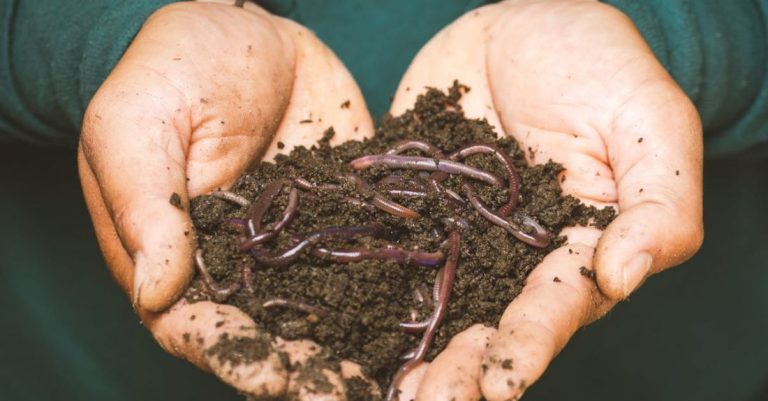
Cover crops are a powerful tool that farmers and gardeners can use to improve soil health, increase crop yields, and enhance overall sustainability. By incorporating cover crops into their farming practices, individuals can promote soil fertility, reduce erosion, suppress weeds, and even enhance water retention. These crops are planted primarily to benefit the soil rather than for harvest. In this article, we will explore the various ways in which cover crops can be utilized to improve soil health and how to effectively incorporate them into your gardening or farming routine.
Understanding the Benefits of Cover Crops
Cover crops offer a myriad of benefits to soil health and overall crop productivity. One of the key advantages of cover crops is their ability to prevent soil erosion. The roots of cover crops help hold the soil in place, reducing the risk of nutrient runoff and soil degradation caused by wind and water erosion. Additionally, cover crops can help suppress weeds by outcompeting them for sunlight, water, and nutrients. This reduces the need for chemical herbicides and promotes a healthier, more balanced ecosystem.
Another significant benefit of cover crops is their ability to improve soil fertility. Certain cover crops, such as legumes, have the capacity to fix atmospheric nitrogen into the soil, making it more readily available for subsequent crops. This natural process reduces the need for synthetic nitrogen fertilizers, which can be harmful to the environment if overused. Moreover, cover crops can enhance soil structure by increasing organic matter content and promoting beneficial microbial activity. This, in turn, improves soil aeration, drainage, and nutrient cycling, leading to healthier and more productive soils.
Selecting the Right Cover Crops
When choosing cover crops to plant, it is essential to consider your specific soil type, climate, and farming goals. Different cover crops offer varying benefits and perform best under specific conditions. Legumes, such as clover and vetch, are excellent choices for fixing nitrogen and improving soil fertility. Grasses, like rye and barley, are effective at suppressing weeds and adding organic matter to the soil. Brassicas, such as radishes and mustards, can help break up compacted soil and scavenge excess nutrients.
It is also important to think about the timing of cover crop planting and termination. Cover crops can be categorized as either winter or summer cover crops, depending on when they are planted and grown. Winter cover crops are typically planted in the fall and provide soil cover and protection during the winter months. Summer cover crops are planted in the spring or summer and help build soil health during the warm growing season. Timing the termination of cover crops is crucial to ensure that they do not compete with cash crops for nutrients and resources.
Incorporating Cover Crops into Your Farming Practices
To effectively incorporate cover crops into your farming practices, it is essential to plan ahead and integrate them into your crop rotation schedule. Consider planting cover crops in between cash crop rotations to maximize their benefits and minimize potential competition. When planting cover crops, ensure proper seedbed preparation and seeding rates to promote vigorous growth and establishment.
Incorporating cover crops can also involve the use of diverse cover crop mixtures to harness the unique benefits of different species. Mixtures of legumes, grasses, and brassicas can provide a more comprehensive range of soil-improving benefits and cater to specific soil health needs. Additionally, consider using cover crops in combination with reduced tillage practices to further enhance soil structure and microbial activity.
By utilizing cover crops in your farming practices, you can improve soil health, increase crop yields, and promote overall sustainability. These versatile crops offer a range of benefits, from reducing erosion and suppressing weeds to enhancing soil fertility and structure. With careful planning and implementation, cover crops can be a valuable asset in your quest for healthier and more productive soils.





